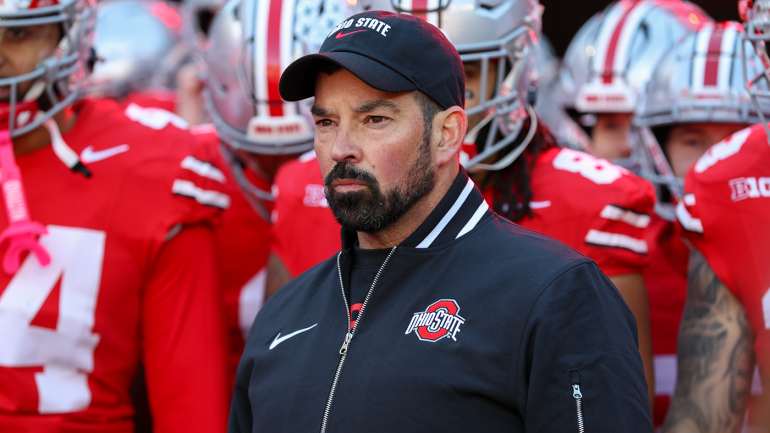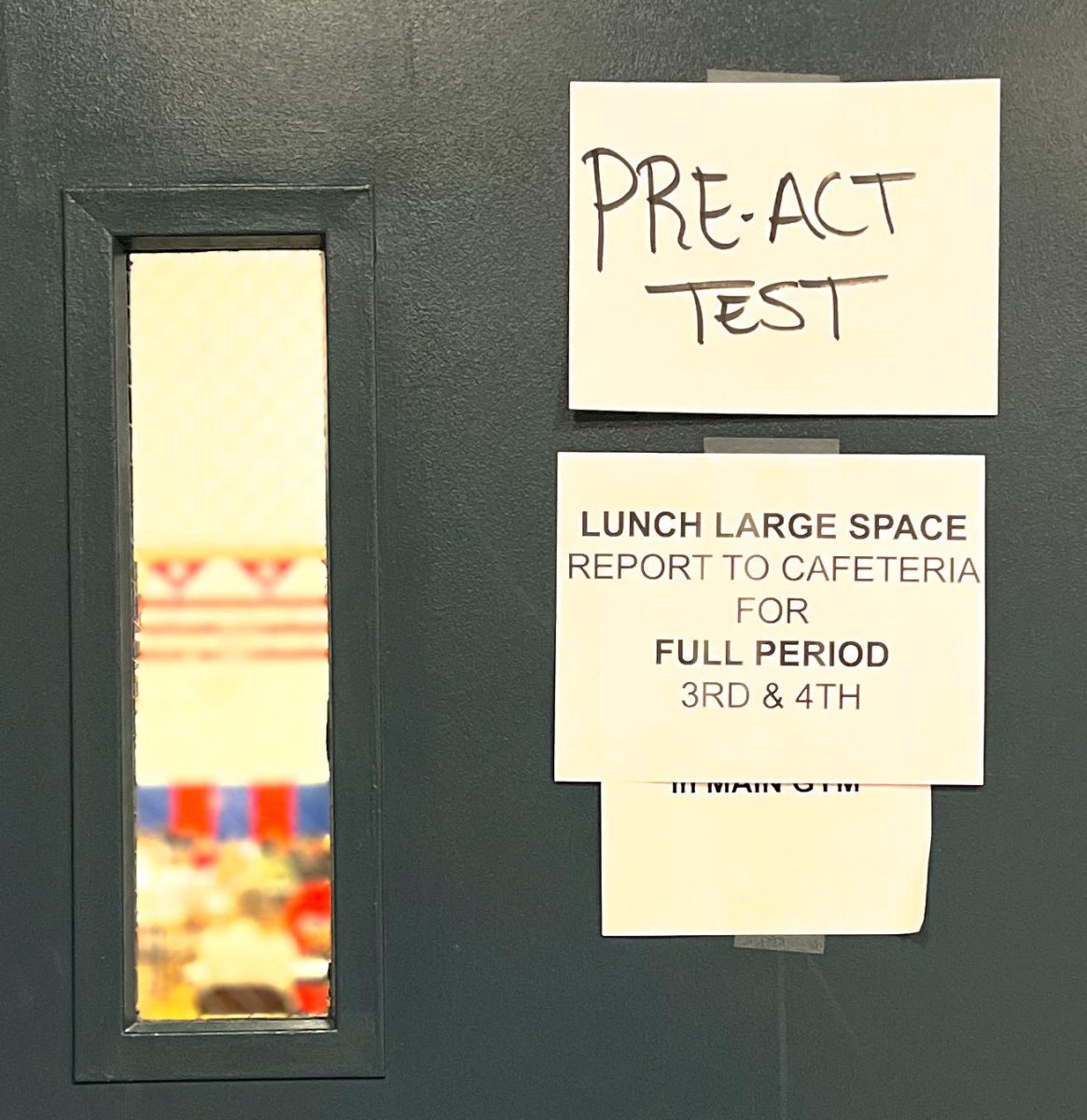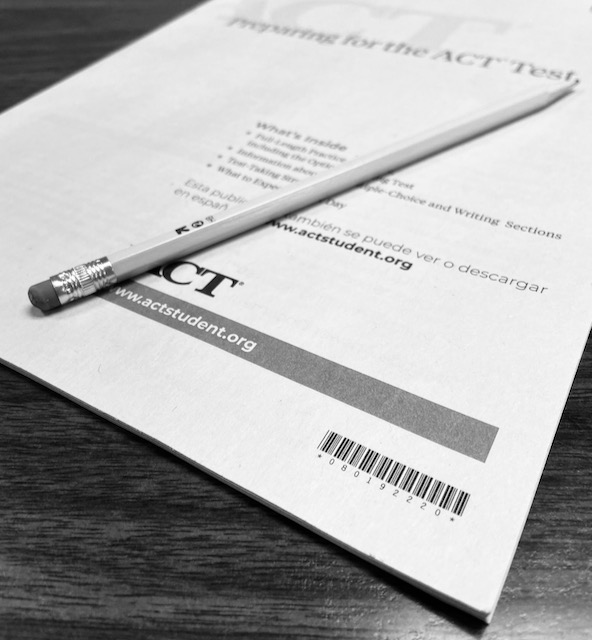ACT, SAT Testing Bias: Are They Really Fair?
May 12, 2022
The ACT and SAT are standardized tests that colleges use for acceptance and to award merit-based scholarships. Intended to predict first-year college grades, high schoolers take the test to prepare for the college application process. The tests do not only cover high school curriculum and can have content that students may have never seen before. As many colleges move toward making applications test-optional, the question still stands; are these standardized aptitude tests really fair to all who take them?
Test data continues to reveal that students in families with higher income do better than students in families with lower income (Inside Higher Ed). The costs surrounding these tests point to disparities in wealth as the reason for score gaps throughout economic classes. Retaking the test several times is the best way for one to improve their score, though it comes with a hefty price tag- up to $85 to sit for each test. This obviously limits what some families can afford, which gives wealthier students an immediate leg up. Though some low-income families are offered a free test at school, without any preparation, it can be very difficult to perform as well as those receiving tutoring. Parents spend an enormous amount of money on test prep, some figures showing as much as $10,000. (Rich students get better SAT scores—here’s why – CNBC) This number is absolutely unrealistic for the majority of the United States, leaving many students who are unable to afford private tutoring in the dust. Another factor that plays a role in the score gap is extra time. Students attending schools in more affluent areas are more likely to be allotted extra time through a specialized learning plan known as 504 designations.(Many More Students, Especially the Affluent, Get Extra Time to Take …)These learning plans allow for extended time and private space for test-taking on all exams, including ACT and SAT. A combination of all of these benefits, generally only attainable for higher-income families, explains the over 400 point difference in scores on the SAT between families with a yearly income of $20,000 and $200,000. (Many More Students, Especially the Affluent, Get Extra Time to Take …)
In the Post-Pandemic era, colleges and universities are adapting by making admissions test-optional or test-flexible. This move, becoming more and more popular across the country, has been questioned as to whether it leaves students who choose not to submit scores at a disadvantage. Some admissions offices have even asked students who choose to not submit scores why they made that decision. This continues to leave lower-income students behind in scholarships, as colleges still make award money decisions based on test scores. This becomes a positive feedback loop, because the students that have more money to spend on test prep do better on the ACT and SAT, getting them more scholarship money, and the people that really need it are left without, as they couldn’t afford to prepare in the same way. Students that submit scores are still seen to have a generally stronger application, and are likely to set apart two equal applications.
Academic researchers continue to realize how much privilege plays a role in national ACT and SAT scores. Slapping a number on a student to determine their appeal to colleges is an outdated and ignorant way to judge future potential. Students with perfect grades can still struggle on these standardized tests, as test-taking anxiety and learning disabilities make performing well on tests difficult. Critics of these tests have called them racist- and the statistics appear to point that way. Data released by the college board shows that 55 percent of Asain- American students and 45 percent of White students scored above 1200 on the SAT, while those numbers for Black and Hispanic students were 12 and 9 percent.(Many More Students, Especially the Affluent, Get Extra Time to Take …) This was one of the major reasons cited by the State of California when they chose to remove the requirement for standardized testing for admissions. Doing away with these tests would mean colleges would rely on teacher recommendations and High School grades to evaluate students, likely a much more accurate indicator anyway.
“The college writing program I’m doing costs 3000 dollars which helps a lot but obviously a lot of people can’t afford it which isn’t fair,” says Junior Katie Browning. “Dr Sampath’s (her ACT tutor) sessions cost 200 dollars for 8 hours and a lot people don’t have the time or finances to make that realistic.”


























